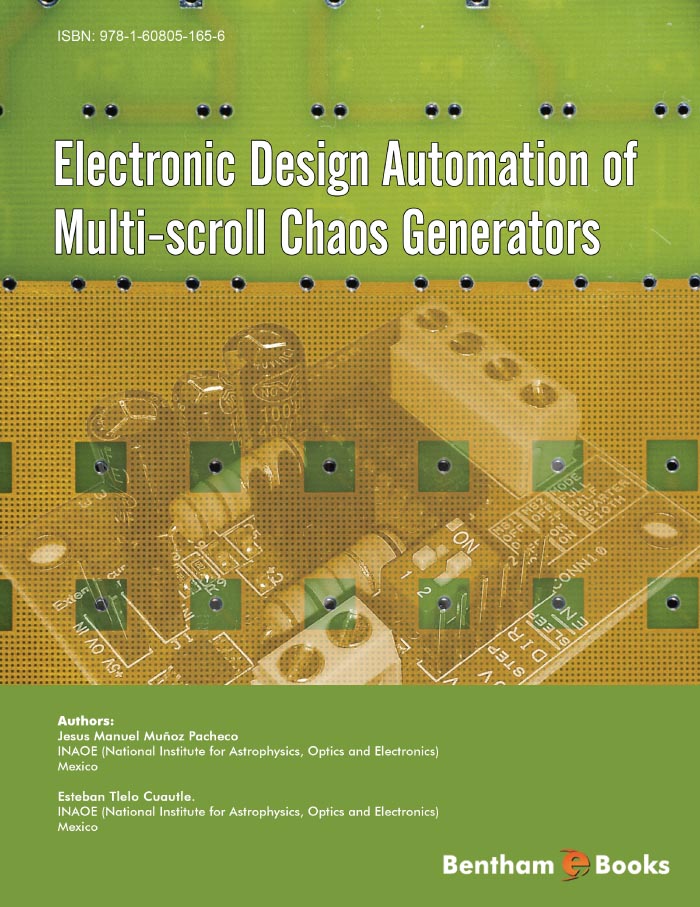Introduction
This book is unique when compared with books on non-linear circuits and systems. The book introduces novel concepts of physics, computer and electrical engineering. The synthesis of Multi-scroll chaotic oscillators is performed through three hierarchical levels of abstractions. A good repertoire of multi-scroll chaos generators is presented by dealing with 1D, 2D ad 3D oscillators which require one, two or three piece-wise linear functions, respectively. Each function is designed using operational amplifiers. Since the approach uses behavioral models, other electronic devices including novel integrated circuits can be used to design the chaos generators. This is an important part of the book since it opens new lines of research while holding a tutorial characteristic for educational purposes. The book is recommended for electronic design students and professionals.

